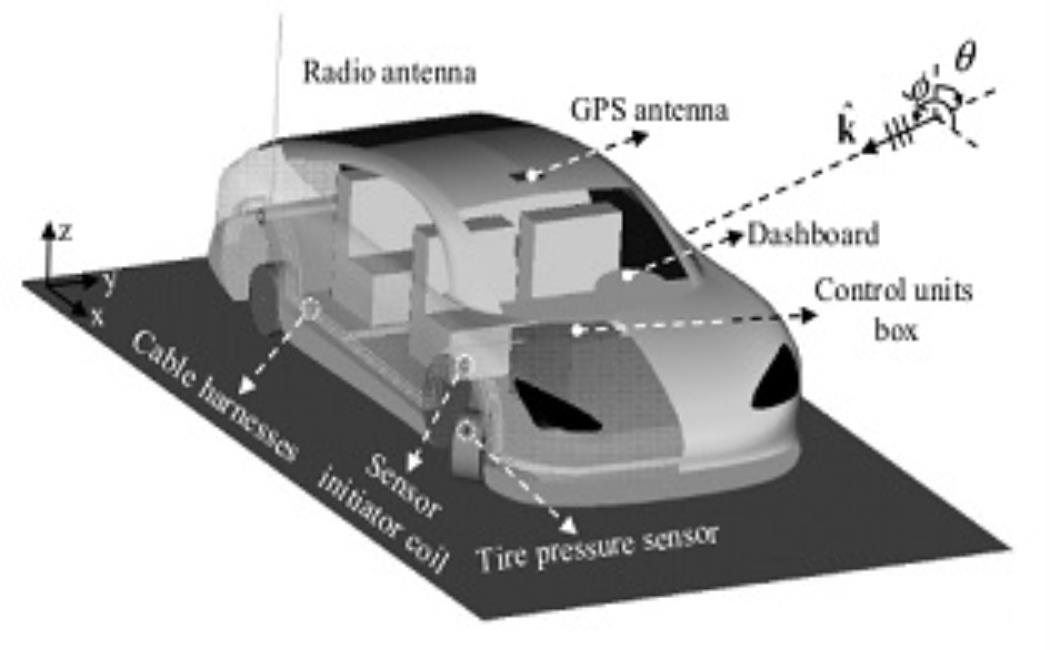
The main objective in computational electromagnetics (CEM) is to numerically characterize EM wave interactions on complex structures by solving Maxwell equations. Almost always, regardless of the application area, this task requires solving large-scale computational problems. The need to address this challenge has driven researchers to develop high-order accurate, robust, and efficient simulators. Unfortunately, these simulators often fail to meet the needs of engineers and experimentalists as they lack the tools to systematically and rigorously characterize uncertainties in the simulators’ input and output parameters. There are many sources of uncertainty in a typical EM wave characterization problem. We develop adaptive schemes and reduced-order modeling techniques for generating efficient and accurate Surrogate Models, which will enable the use of Collocation-based gPC methods in large-scale stochastic EM simulations.
.jpg?sfvrsn=cb2fbcf4_2)
Thrust Leader: Hakan Bagci
[1] "K. Sirenko, M. Liu, and H. Bagci, Incorporation of Exact Boundary Conditions into a Discontinuous Galerkin Finite Element Method for Accurately Solving 2D Time-Dependent Maxwell Equations". IEEE Transactions on Antennas and Propagation, Vol 61, Issue 1, Page 472-477, 2013.